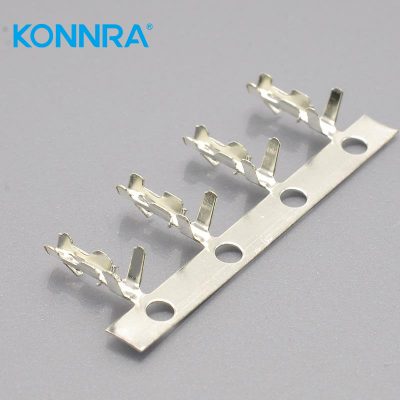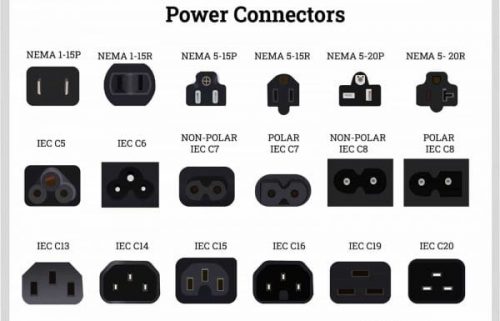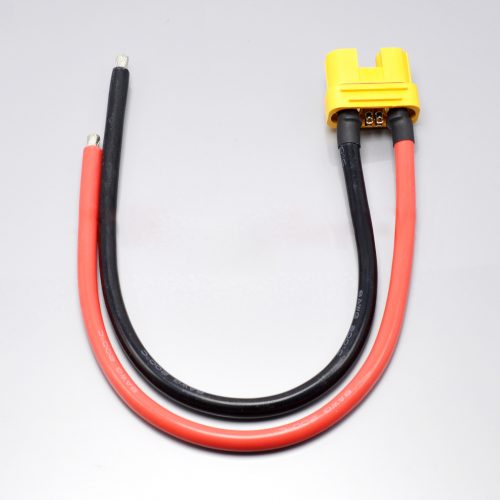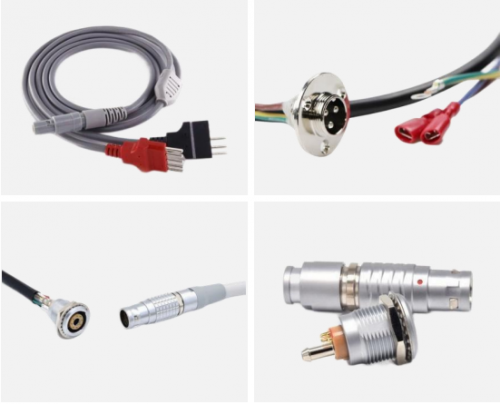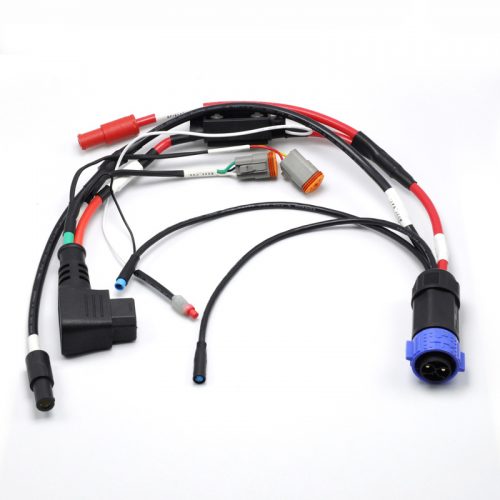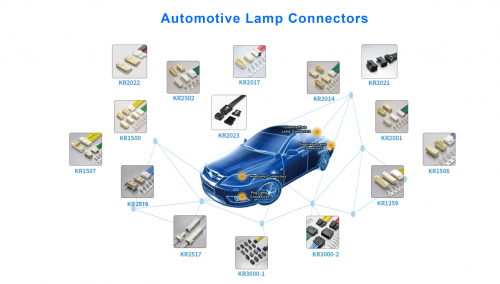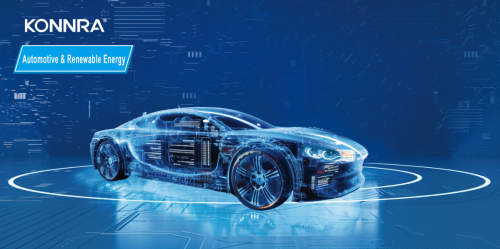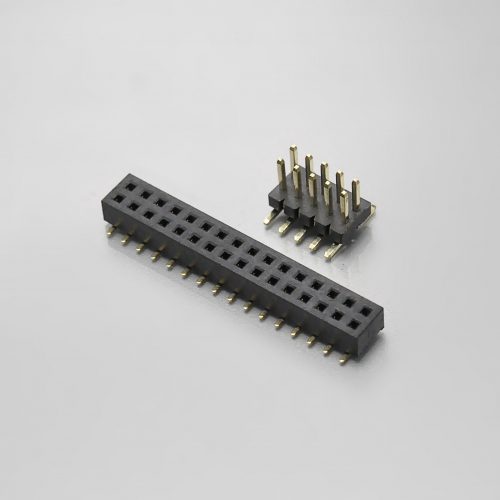As an important part of electrical connection, terminals belong to the category of connectors. Therefore, the basic performance required for terminals is the same as for connectors.
The basic performance of terminal blocks mainly includes electrical performance, mechanical performance and environmental performance.
- Electrical performance
As a connector, the primary performance of the terminal is electrical performance. Electrical properties mainly include: contact resistance, insulation resistance and electrical strength.
1-1. Contact resistance. A high-quality electrical connector should have low and stable contact resistance. The contact resistance of terminal blocks ranges from a few milliohms to tens of milliohms.
1.2. Insulation resistance. It is a measure of the insulation performance between the terminal contacts and between the contacts and the housing, and its magnitude ranges from a few hundred megohms to several thousand megohms.
1.3. Electrical strength. Also known as withstand voltage or dielectric withstand voltage, it represents the ability to withstand the rated test voltage between the terminal contacts or between the contacts and the shell.
- Mechanical properties
Mechanical properties mainly include the insertion force and mechanical life of the connector. Insertion force is divided into insertion force and extraction force (extraction force is also called separation force), and the requirements of the two are different. In relevant standards, there are regulations on the maximum insertion force and the minimum separation force, which means that from the perspective of use, the insertion force should be very small (thus there are structures with low insertion force LIF and no insertion force ZIF), if If the separation force is too small, it will affect the reliability of the contact; Mechanical life is actually a durability indicator, which is called mechanical operation in the national standard GB5095. One plug-in and one pull-out is one cycle, and after the specified plug-in and pull-out cycle, it is judged whether the terminal can normally complete its connection function (such as contact resistance value).
The insertion force and mechanical life of the terminal are related to the contact structure (positive pressure), the coating quality of the contact parts (sliding friction coefficient) and the dimensional accuracy of the contact arrangement (alignment).
- Environmental performance
Common environmental characteristics include: temperature, humidity, salt spray, vibration and shock.
3.1. Temperature resistance. The maximum working temperature of the terminal blocks produced by our company Kangrui Electronics Co., Ltd. is 120℃, and the minimum working temperature is -40℃. Since the current generates heat at the contact point when the connector is working, resulting in a temperature rise, it is generally believed that the operating temperature should be equal to the sum of the ambient temperature and the temperature rise of the contact point. In some specifications, the maximum allowable temperature rise of the connector at rated operating current is clearly specified.
3.2. Moisture resistance. The intrusion of moisture can affect the insulation properties of the terminals and corrode metal parts. The constant humidity and heat test conditions are relative humidity 90%~95% (up to 98% according to product specifications), temperature +40±20℃, and the test time is at least 96 hours according to product regulations. The alternating damp heat test is more stringent.
3.3. Salt spray resistance. When a terminal operates in an environment containing moisture and salt, the surface treatment layer of its metal structural parts and contacts may cause galvanic corrosion, thereby affecting the physical and electrical performance of the terminal. To evaluate the ability of electrical connectors to withstand this environment, the salt spray test was established. The terminal block is hung in a temperature-controlled test chamber, and a sodium chloride solution of a specified concentration is sprayed with compressed air to form a salt spray atmosphere. Exposure time is specified by product specifications and is a minimum of 48 hours.
- Vibration and shock. Vibration and shock resistance is an important performance of the terminal, which is particularly important in special application environments such as aerospace, railway and road transportation. It is an important indicator for testing the robustness of the mechanical structure of the terminal and the reliability of the electrical contact. There are clear provisions in the relevant test methods. Shock tests shall specify the peak acceleration, duration and shape of the shock pulse, as well as the time for interruption of electrical continuity.
- Other environmental protection properties. Other environmental characteristics of terminal blocksinclude sealing, liquid immersion (resistance to specific liquids), low air pressure, etc., depending on the use requirements.

